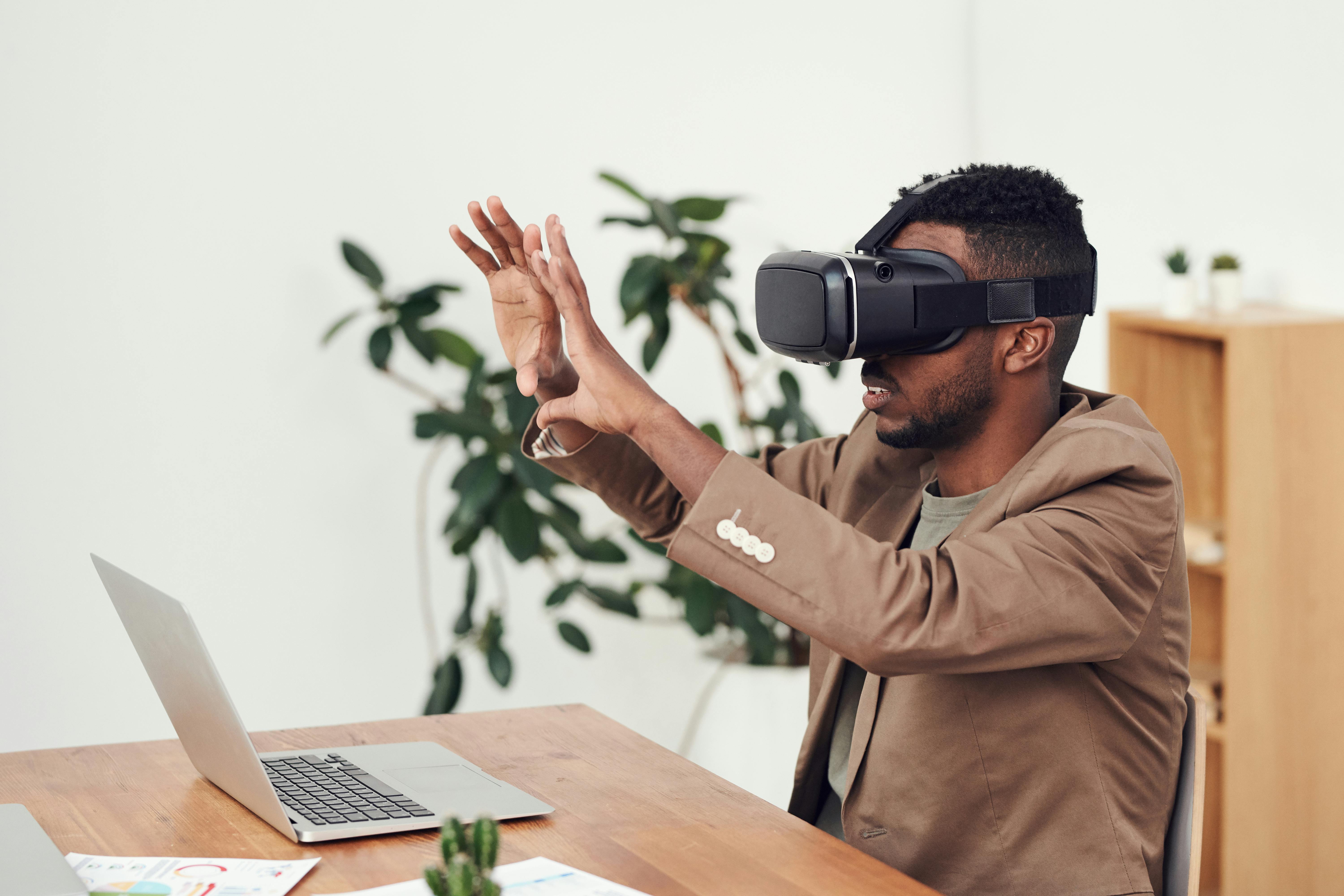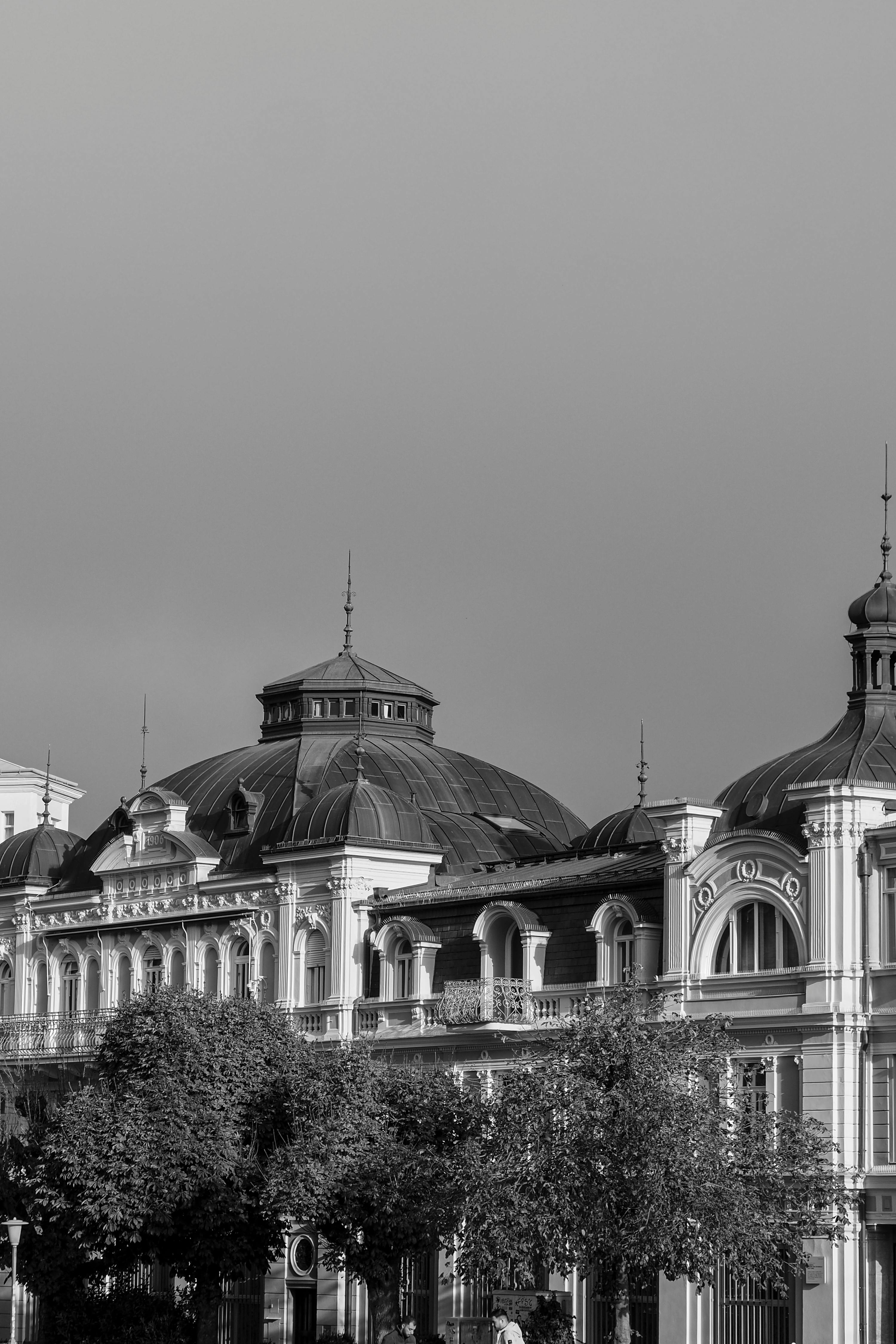A New Dawn: The Rise of Virtual Reality in Performing Arts
In the ever-evolving world of arts and entertainment, a new trend is taking center stage: the integration of virtual reality (VR) into performing arts. This article delves into the historical context, current developments, and the potential impact of this groundbreaking trend.

The Genesis of Virtual Reality in Performing Arts
The concept of virtual reality, a simulated experience that can mimic or surpass the real world, has been around since the mid-20th century. However, it wasn’t until the late 2010s that VR began to make a significant impact on the performing arts. Early adopters started experimenting with VR to create immersive theater experiences, allowing audiences to step into the world of the performance, rather than merely observing it.
Current Developments in VR Performing Arts
Today, the use of VR in performing arts has expanded beyond theater. Dance companies, orchestras, and even opera houses are exploring the potential of VR. For instance, the Royal Shakespeare Company recently collaborated with digital artists to create a VR rendition of “The Tempest,” offering audiences a unique, immersive experience.
The Impact and Reception of VR in Performing Arts
The integration of VR into performing arts has been met with mixed reactions. Some critics argue that it detracts from the traditional live performance experience. However, many others laud it as a revolutionary development that expands the boundaries of artistic expression. It allows artists to create multi-dimensional experiences and offers audiences new ways to engage with performances.
The Future of VR in Performing Arts
As VR technology continues to advance, its role in the performing arts is likely to grow. Artists and producers are already exploring ways to use VR to enhance storytelling, create immersive set designs, and even allow remote audiences to experience live performances. While it’s still early days, the potential of VR in performing arts is vast and exciting.
In conclusion, the integration of virtual reality into performing arts represents a significant shift in the industry. It offers new avenues for creative expression and audience engagement, pushing the boundaries of what’s possible in performance. As we continue to navigate this digital age, the fusion of technology and art is likely to remain a key trend in the arts and entertainment industry.





